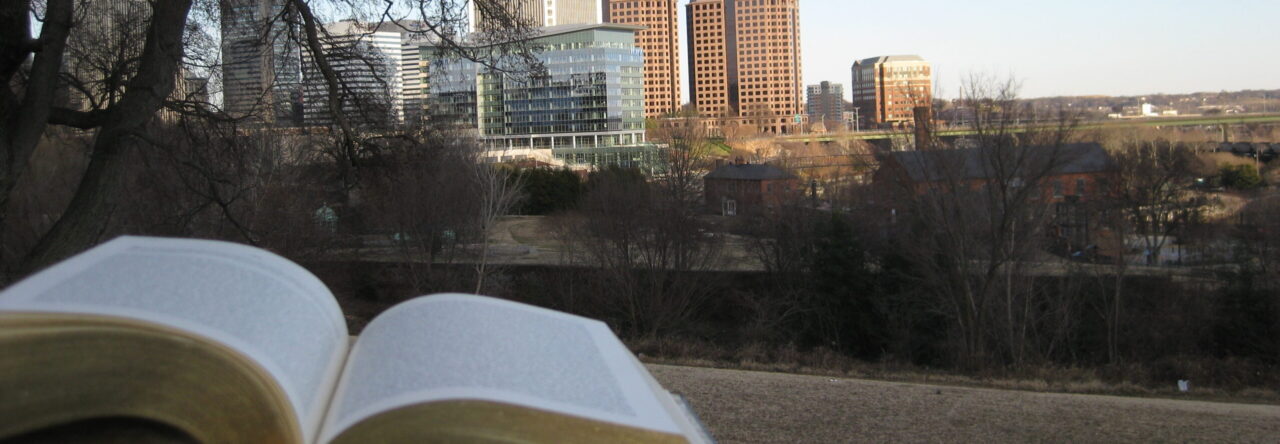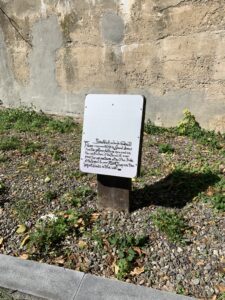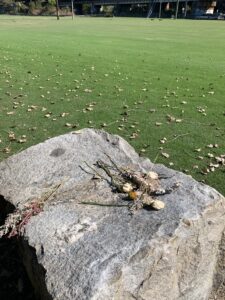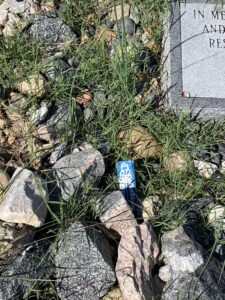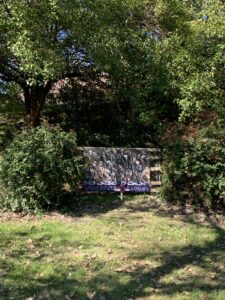Discussed Annotated Bibliography:
…
Annotated Bibliography Assignment
Book Discussion:
What year did the U.S outlaw slave trade?
Slavery remained but slaves could no longer be imported for exported. Chapter 4 (pg 75) 1774 slave trade was outlawed.
Surprising? Skin color dictated who would be slaves. Blacks would be born into enslavement if their parents were slaves. Slaves could no longer be imported into U.S so a structure was used to prolong the use of slaves for multiple decades. Humans involved in slavery, saw slaves as animals/ economic units rather than humans. Their humanity was blurred.
Chapter 6: Patrick Henry…Give me liberty or give me death.
White men fought for independence from England, to give everyone rights and freedom, but this excluded blacks.
Page 79. –> The American fight for independence was funded by slavery. Soldiers were given a slave to fight the war. “History bleeds through.” What did we learn about where segregation came from?
White politicians looked for loop holes in the system, Brown vs Education. Its easier to control and limit the extent to which African Americans can contribute to society (Nick Javier).
Examples of specific loop holes
The grandfather clause, if your grandfather voted then you could vote, didn’t apply to blacks. (Will)
Law required people to have jobs but blacks couldn’t have government jobs, only low wage jobs (Julia) Pg 132
People who were supposed to work could only get jobs they could get. White employees looked to give blacks on low wages which acted as indentured servitude(Nick Javier)
Pg 139–> Literacy requirement. Every black had to remember the constitution, It was illegal for slaves to read or right which limited them from voting (Kaylee)
Ana took the literacy test in history class and the test wasn’t based off of knowledge of the constitution but literacy proficiency.
Why were white politicians so determined to create levels of society?
Pg. 130 Whites were supposed to be at the top of social and economic hierarchies while blacks were at the bottom of these structures. Nit picky rules that determines where people stood in the racial hierarchy (Julia).
Richmond took rid of certain districts and annexed certain locations. Red lining effected where people go to school and how voting is effective. All in favor of whites.
Not enough funding for blacks to go to school. There were barriers in teacher salaries between whites and blacks. Angelos volunteered at a school and realized that public schools in black communities had less funding.
Funding of public schools controversy:
School funding is very complicated. Funding is regulated by the state, but school boards enact policy. Formula at the state level that determines how much taxes for certain areas goes to public schools funding. Annexation is important because during segregation, some people didn’t want counties apart of the city. Wealthier people left to the counties to set up their own schools while they still worked in the city. Real estate in Richmond is owned by the government which lowers the tax base.
Back home, new governor, policy passed that allows school choice. Money is being pulled from communities with a majority in minorities. (Ana)
What do we think is Campbells Thesis:
Richmond’s history is unhealed. How?
Even though rights have become better for individuals, the aftereffects of redlining and other barriers still impacts people today. It’s like an open wound that stings and hasn’t healed yet.(Nick Javier)
History can’t be healed naturally like a wound, but it takes action from people to bring healing(Brice)
History still impacts multiple forthcoming generations. (Kristine)
Can history be healed? Things from the past can’t be changed, the wound leaves a scar, the wound is healing but the impact of the would is still seen? Talking about issues helps us to move forward(Kaylee)
Why is there a highway in-between the city? Black neighborhoods were destroyed. The wounds can be seen all around Richmond. The highway is a symbol of the past and its impact on peoples lives.(Julia) “History bleeds through”
High school got renamed from Robert Lee to John Lewis. Schools shouldn’t be named after confederates (Kristine).
In what war is the losing side able to dictate the narrative?(Haven)
Pause on subjects that bug you. We create untrue narratives when we feel discomfort. Pg 94… Slavery was referred to as Patriarchal institution, unenlightened labor etc.
The downriver slave trade. The people who were making money from slave trade had to have a way to shut their brains down from what they were indulging in. Family units are destroyed(how does that affect society). Many of the men who sold enslaved children had fathered those enslaved children. “The problem of America is the problem of the color line.” Why we hide our history is because we are related to people who were involved in the evil past.” Oppressed people made their own loopholes. This serves as hope for society. Look for stories of hope embedded in the book.
